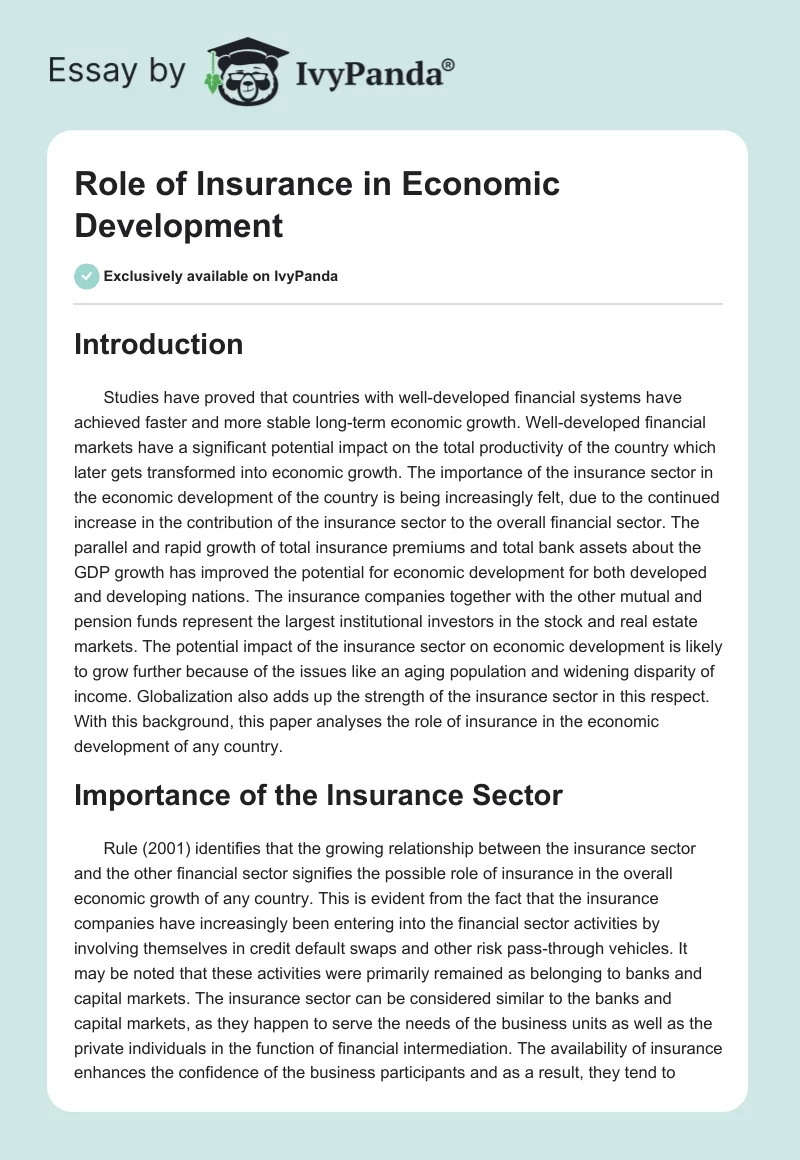5 Simple Techniques For Pacific Prime
Pacific Prime - The Facts
Table of ContentsIndicators on Pacific Prime You Need To KnowThe 8-Second Trick For Pacific PrimeThe Best Strategy To Use For Pacific PrimeExcitement About Pacific PrimeThings about Pacific Prime

This is because the information were accumulated for a period of solid financial performance. Of the estimated 42 million people that were without insurance, all yet concerning 420,000 (concerning 1 percent) were under 65 years of age, the age at which most Americans end up being qualified for Medicare; 32 million were adults in between ages 18 and 65, around 19 percent of all adults in this age group; and 10 million were youngsters under 18 years old, about 13.9 percent of all kids (Mills, 2000).
These price quotes of the number of persons without insurance are created from the annual March Supplement to the Present Population Study (CPS), carried out by the Census Bureau. Unless otherwise noted, national estimates of individuals without medical insurance and proportions of the population with various sort of protection are based upon the CPS, one of the most commonly utilized source of price quotes of insurance policy coverage and uninsurance prices.
The Basic Principles Of Pacific Prime
:max_bytes(150000):strip_icc()/terms_i_insurance_FINAL_-3556393b3bbf483e9bc8ad9b707641e4.jpg)
Still, the CPS is specifically valuable since it creates annual estimates reasonably quickly, reporting the previous year's insurance protection estimates each September, and because it is the basis for a consistent collection of price quotes for greater than two decades, allowing for analysis of fads in coverage in time. For these reasons, in addition to the extensive use the CPS in other researches of insurance coverage that are offered in this report, we count on CPS quotes, with limitations kept in mind.

The price quote of the number of without insurance people increases when a population's insurance policy condition is tracked for numerous years. Over a three-year period starting early in 1993, 72 million people, 29 percent of the united state population, lacked insurance coverage for at the very least one month. Within a single year (1994 ), 53 million individuals experienced at the very least a month without coverage (Bennefield, 1998a)
Six out of every ten without insurance adults are themselves employed. Although functioning does enhance the possibility that one and one's household members will have insurance coverage, it is not a warranty. Even participants of households with 2 full time wage income earners have nearly a one-in-ten chance of being without insurance (9.1 percent uninsured price) (Hoffman and Pohl, 2000).
Some Known Details About Pacific Prime
New immigrants represent a substantial proportion of individuals without medical insurance. One analysis has associated a substantial portion of the recent growth in the dimension of the united state without insurance population to immigrants who arrived in the country in between 1994 and 1998 (Camarota and Edwards, 2000). Current immigrants (those that came to the United States within the past four years) do have a high rate of being without insurance (46 percent), yet they and their children account for just 6 percent of those without insurance across the check it out country (Holahan et al., 2001).
The connection between medical insurance and accessibility to care is well developed, as recorded later on in this phase. Although the connection in between wellness insurance policy and health outcomes is neither direct nor easy, a considerable clinical and wellness solutions study literary works web links medical insurance protection to better accessibility to care, better quality, and improved personal and population health and wellness condition.
Levels of analysis for checking out the results of uninsurance. This conversation of health and wellness insurance protection focuses primarily on the united state population under age 65 because virtually all Americans 65 and older have Medicare or various other public protection. It focuses especially on those without any type of health insurance policy for any size of time.
The smart Trick of Pacific Prime That Nobody is Talking About
The issues dealt with by the underinsured are in some respects comparable to those dealt with by the uninsured, although they are usually much less serious. Health insurance policy, nevertheless, is neither required neither adequate to acquire access to clinical solutions. The independent and straight impact of health insurance policy coverage on access to wellness services is well developed.
Others will get the health and wellness care they require even without health and wellness insurance, by spending for it out of pocket or seeking it from service providers that provide treatment cost-free or at extremely subsidized prices. For still others, medical insurance alone does not guarantee receipt of treatment as a result of various other nonfinancial barriers, such as an absence of health treatment service providers in their area, restricted accessibility to transportation, illiteracy, or etymological and cultural differences.
7 Easy Facts About Pacific Prime Explained
Formal research study concerning without insurance populations in the United States dates to the late 1920s and early 1930s when the Committee on the Expense of Treatment produced a series of reports regarding financing doctor workplace visits and hospitalizations. This problem became significant as the varieties of clinically indigent climbed up throughout the Great Clinical depression.